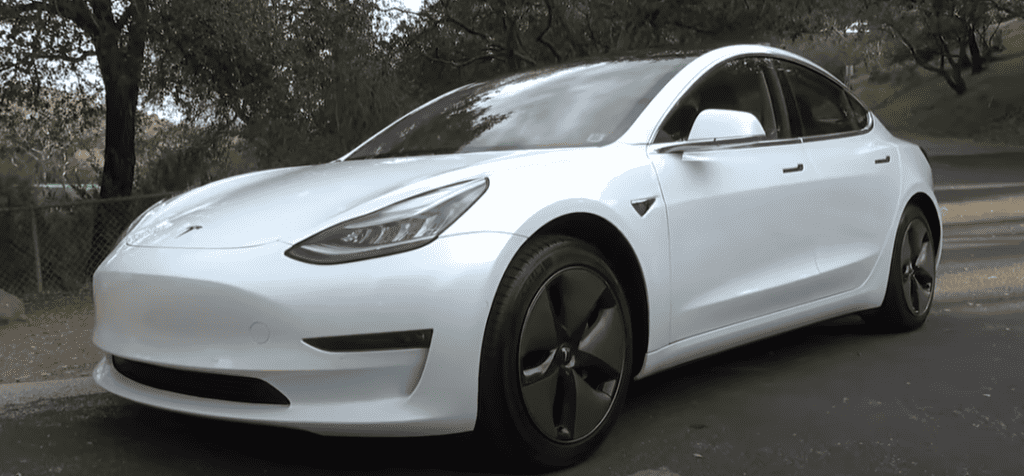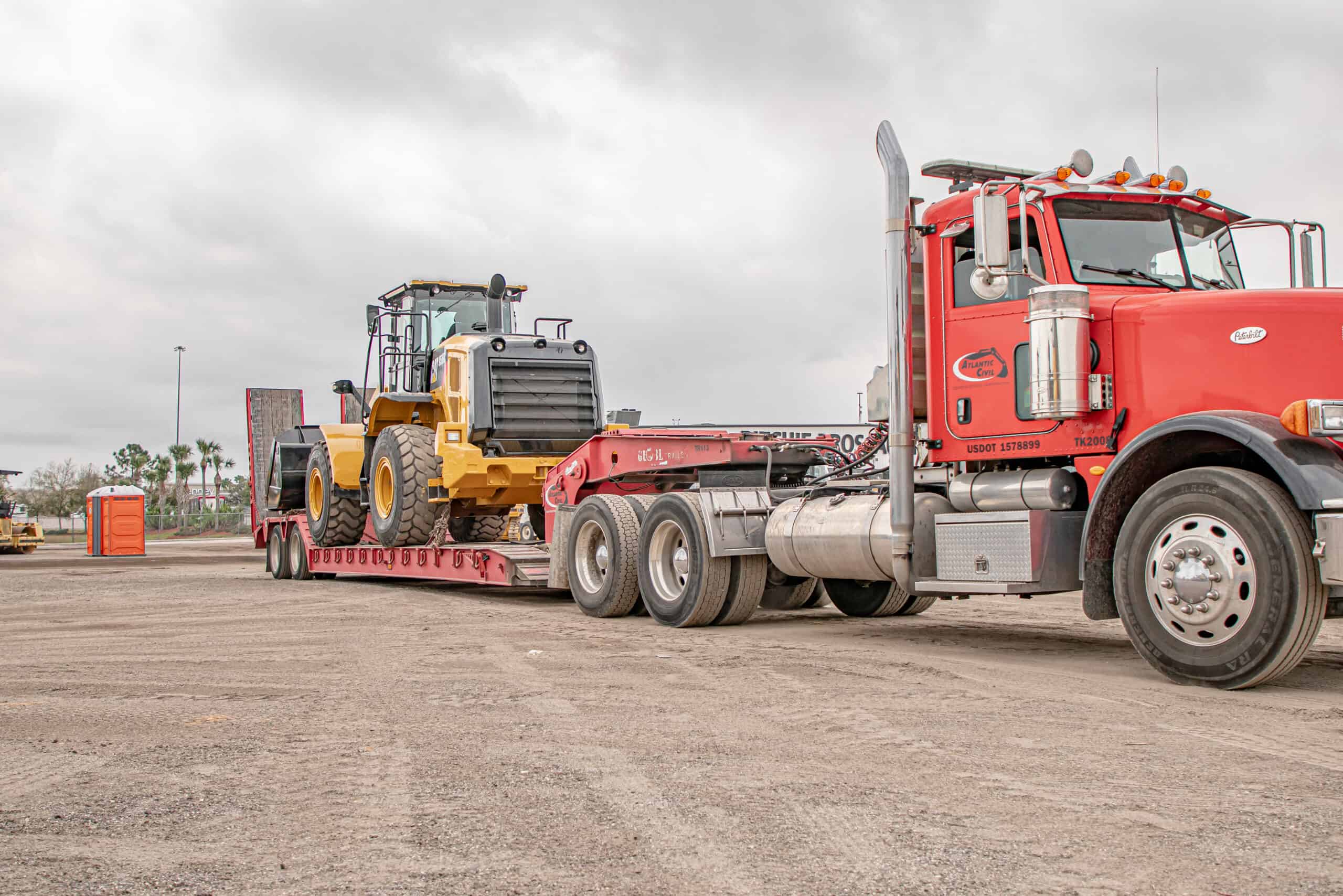Shipping an Electric Vehicle: Challenges & Preparation

As the world transitions towards sustainable mobility, electric vehicles (EVs) are becoming increasingly popular choices for eco-conscious individuals. Whether you’re moving to a new city, buying a car from another state, or relocating overseas, the need to ship your electric vehicle might arise. However, transporting an electric vehicle isn’t as straightforward as shipping a conventional gas-powered car. It presents unique challenges that require careful consideration to ensure your valuable eco-friendly investment reaches its destination safely and in optimal condition.
In this comprehensive guide, we’ll delve into the intricacies of shipping an electric vehicle, providing you with essential insights and actionable tips. From the preparation steps to recommended carriers and insurance coverage, we’ve got you covered. So, let’s embark on this electric journey together and explore how to overcome the hurdles of shipping your beloved EV.
Outline:
- What Unique Challenges Does Shipping an Electric Vehicle Present?
- How Should I Prepare My Electric Vehicle for Shipping?
- Are There Specific Carriers or Transport Methods Recommended for Electric Vehicles?
- How Do I Ensure My Electric Vehicle’s Battery is Protected During Transport?
- What Additional Insurance Coverage may be Needed for Shipping an Electric Vehicle?
What Unique Challenges Does Shipping an Electric Vehicle Present?
Electric vehicles (EVs) present a number of unique challenges when it comes to shipping. These challenges include:
- The weight and size of the battery pack. The battery pack in an EV is typically very heavy and bulky, which can make it difficult to transport. The weight of the battery pack can also make it difficult to load and unload the vehicle, and it can also increase the risk of damage during shipping.
- The hazardous nature of the battery pack. The battery pack in an EV contains lithium-ion cells, which are classified as hazardous materials. This means that the battery pack must be packaged and shipped in accordance with strict regulations. If the battery pack is damaged during shipping, it could pose a fire hazard.
- The risk of thermal runaway. Thermal runaway is a condition that can occur in lithium-ion batteries when they are exposed to high temperatures or other stresses. If thermal runaway occurs, it can cause the battery to catch fire or explode. This is a serious safety hazard, and it is one of the biggest challenges associated with shipping EVs.
- The need for specialized training and equipment. Shipping EVs requires specialized training and equipment. The people who handle EVs during shipping must be trained in how to safely handle and transport hazardous materials. They must also use the proper equipment, such as pallet jacks and forklifts that are designed to handle heavy loads.
Despite these challenges, shipping EVs is becoming increasingly common. As the demand for EVs grows, so too will the need for specialized shipping companies that are equipped to handle these vehicles safely and efficiently.
How Should I Prepare My Electric Vehicle for Shipping?
- Clean the interior and exterior of the vehicle. This will help to protect the vehicle from dirt and debris during shipping.
- Remove any loose items from the vehicle. This includes items such as floor mats, seat covers, and personal belongings.
- Secure the battery pack. The battery pack is the most important part of the vehicle, so it is important to secure it properly. You can do this by using straps or tie-downs to secure the battery pack in place.
- Get a shipping quote from several companies. This will help you to find the best price for shipping your EV.
By following these tips, you can help to ensure that your electric vehicle is shipped safely and arrives at its destination in good condition.
Are There Specific Carriers or Transport Methods Recommended for Electric Vehicles?
Yes, there are specific carriers and transport methods that are recommended for electric vehicles. Some of the most common carriers for shipping EVs include:
- Pure car carriers (PCCs) are specialized ships that are designed to transport vehicles. PCCs typically have large, open decks that can accommodate multiple EVs.
- Roll-on/roll-off (RoRo) vessels are also used to transport vehicles. RoRo vessels have ramps that allow vehicles to be driven on and off the ship. This makes RoRo vessels a good option for shipping EVs that are not in running condition.
- Air freight can also be used to ship EVs. However, air freight is typically more expensive than shipping by sea.
When choosing a carrier for shipping an EV, it is important to consider the following factors:
- The distance of the shipment. Shipping an EV long distances by air freight can be expensive. If the distance of the shipment is not too great, shipping by sea may be a more cost-effective option.
- The size and weight of the EV. If the EV is large or heavy, it may not be able to fit on a RoRo vessel. In this case, a PCC may be a better option.
- The condition of the EV. If the EV is not in running condition, it may need to be shipped by RoRo vessel. This is because PCCs typically do not have ramps that allow vehicles to be driven on and off the ship.
It is also important to make sure that the carrier you choose has experience shipping EVs. This will help to ensure that your EV is shipped safely and arrives at its destination in good condition.
How Do I Ensure My Electric Vehicle’s Battery is Protected During Transport?
Here are some tips on how to ensure your electric vehicle’s battery is protected during transport:
- Charge the battery to at least 50%. This will help to prevent the battery from being damaged during shipping.
- Secure the battery pack. The battery pack is the most important part of the vehicle, so it is important to secure it properly. You can do this by using straps or tie-downs to secure the battery pack in place.
- Label the vehicle as a hazardous material. This is important because the battery pack in an EV is classified as a hazardous material. The shipping company will need to know this so that they can properly handle the vehicle during shipping.
- Choose a reputable shipping company. Make sure that the shipping company you choose has experience shipping EVs.
- Monitor the shipment closely. This will help to ensure that your EV arrives at its destination safely.
Here are some additional things to keep in mind:
- The battery pack should be kept at a moderate temperature. Extreme temperatures can damage the battery.
- The battery pack should be protected from vibration. Vibration can cause the battery cells to break apart, which can lead to a fire.
- The battery pack should be kept away from moisture. Moisture can corrode the battery cells, which can lead to a fire.
By following these guidelines, you can help to ensure that your EV battery is protected during transport and arrives at its destination in good condition.
What Additional Insurance Coverage may be Needed for Shipping an Electric Vehicle?
Shipping an electric vehicle introduces specific risks that may not be covered by standard vehicle insurance policies. To adequately protect your valuable eco-friendly investment during transit, consider the following additional insurance coverage options:
- Comprehensive Shipping Insurance: Comprehensive shipping insurance is designed explicitly for transporting vehicles and provides coverage for potential damages or losses incurred during transit. This type of insurance can encompass various risks, including collisions, theft, fire, vandalism, and natural disasters. Unlike standard auto insurance, comprehensive shipping insurance takes into account the unique challenges associated with transporting electric vehicles.
- Battery Damage Coverage: As the heart of an electric vehicle, the battery is one of the most critical components. Battery damage could be costly to repair or replace, making it essential to have specific coverage for battery-related risks. This coverage can protect against damage caused by mishandling, extreme temperatures, or other transportation-related incidents.
- Gap Insurance: Gap insurance can be crucial when shipping an electric vehicle, especially if you have a lease or loan on the vehicle. In the unfortunate event of a total loss during transit, standard insurance may only cover the current market value of the EV, which might not be sufficient to pay off the outstanding loan or lease balance. Gap insurance covers the difference between the market value and the amount owed, ensuring you don’t face financial burdens.
- Enclosed Transport Coverage: If you opt for enclosed transport to provide extra protection for your electric vehicle, you might want to consider insurance that specifically covers this type of transport. Enclosed carriers shield the vehicle from the elements and road debris, reducing the risk of damage during transit. Having coverage tailored to this method can offer added peace of mind.
- Third-Party Liability Coverage: While protecting your electric vehicle is essential, it’s also crucial to consider liability coverage in case your vehicle causes damage to other property or injures someone during the shipping process. Third-party liability coverage ensures you are financially protected in such situations.
- International Shipping Coverage: If you’re shipping your electric vehicle internationally, it’s essential to obtain coverage that accounts for potential risks related to customs, port handling, and compliance with foreign regulations. International shipping coverage can address these specific challenges and provide peace of mind throughout the process.
Before choosing additional insurance coverage, carefully review your existing auto insurance policy to understand what protection it offers during transportation. Inquire with shipping companies about the insurance they provide and any coverage gaps you may need to address separately. By selecting the right insurance options for your electric vehicle’s shipping needs, you can embark on the journey with confidence, knowing that your eco-friendly investment is safeguarded at every step.
Making Informed Decisions When Shipping Your Car
Shipping your car can be an intimidating process, but with the right knowledge and preparation you can ensure a successful delivery. Understanding freight costs, researching carriers carefully, preparing your vehicle for transport, selecting appropriate insurance coverage and finding reliable shippers are all important steps to take when shipping your car. By following these tips outlined in this article, you will have peace of mind knowing that you’ve made informed decisions during the entire process. If you have questions contact us at (800) 880-0468 or (863) 226-0903 and let our team of experts help you with your transport needs. With VeriTread’s vetted carriers experienced in automotive transports, listing your shipment is easy and hassle-free. So don’t wait any longer – get started today!
veritread products
Top Articles
Freight Types
recent posts

Basic Tips of Heavy Equipment Transport

Understanding Equipment Transport Services


